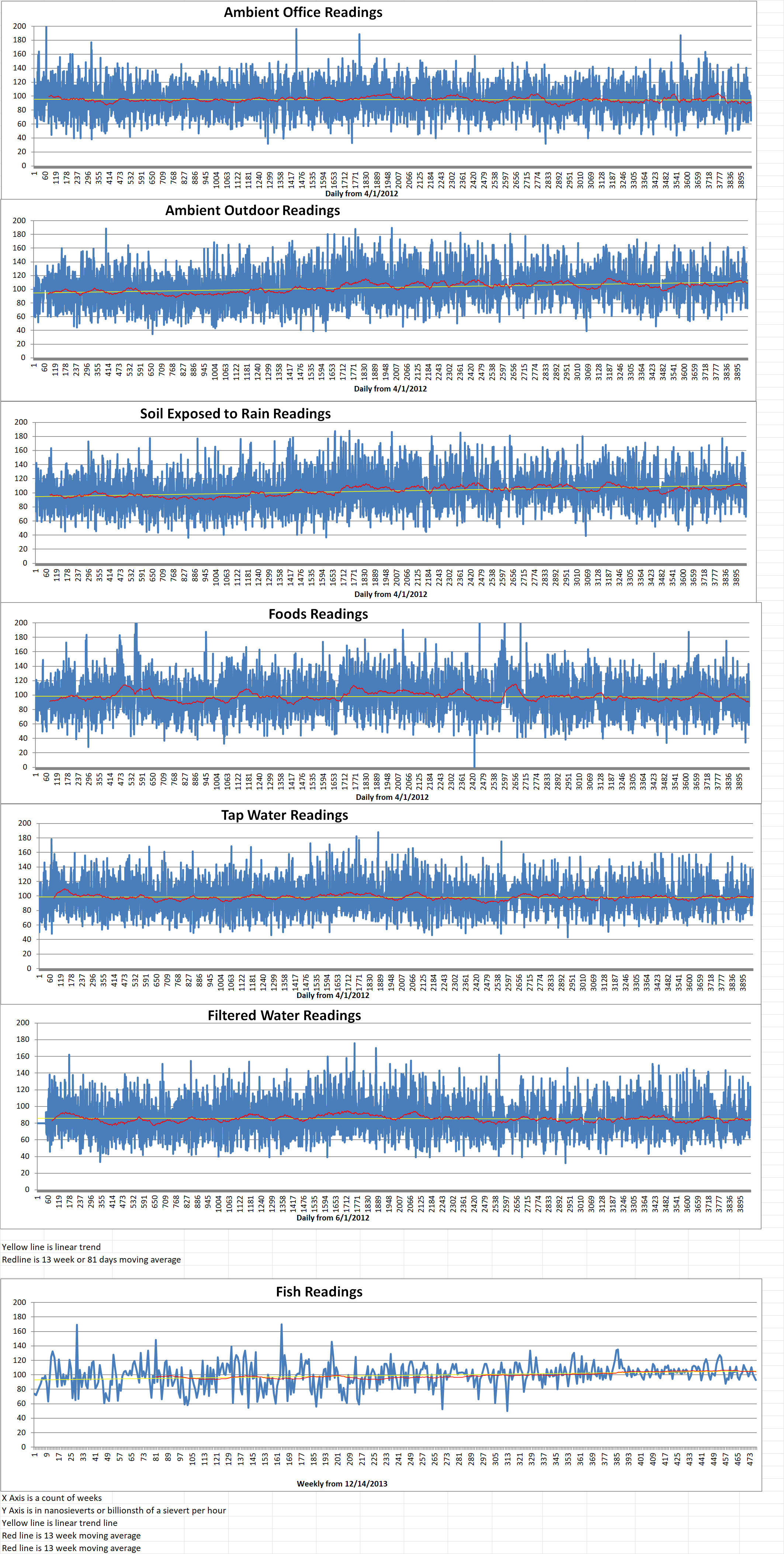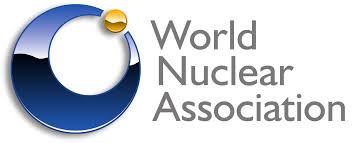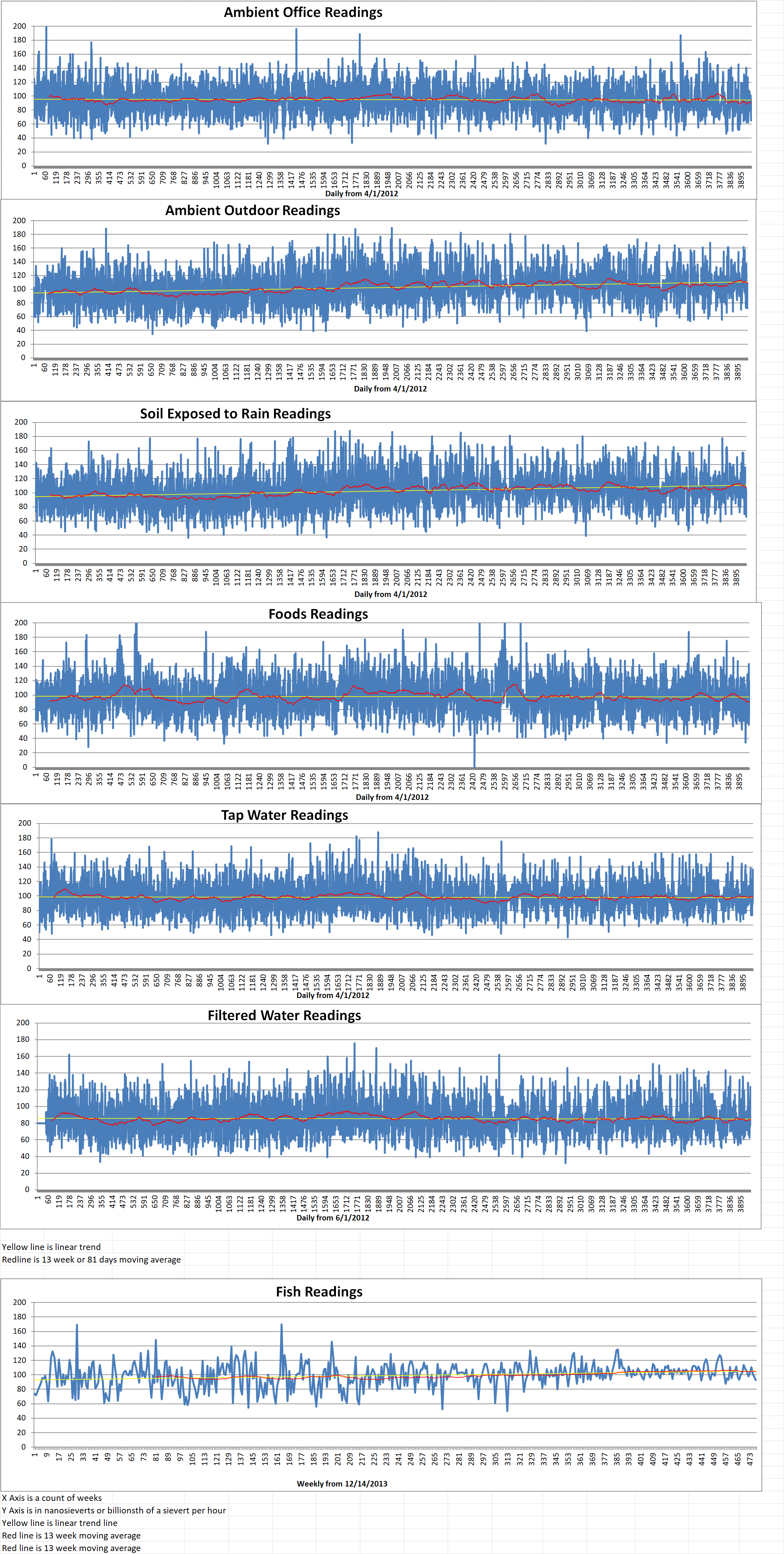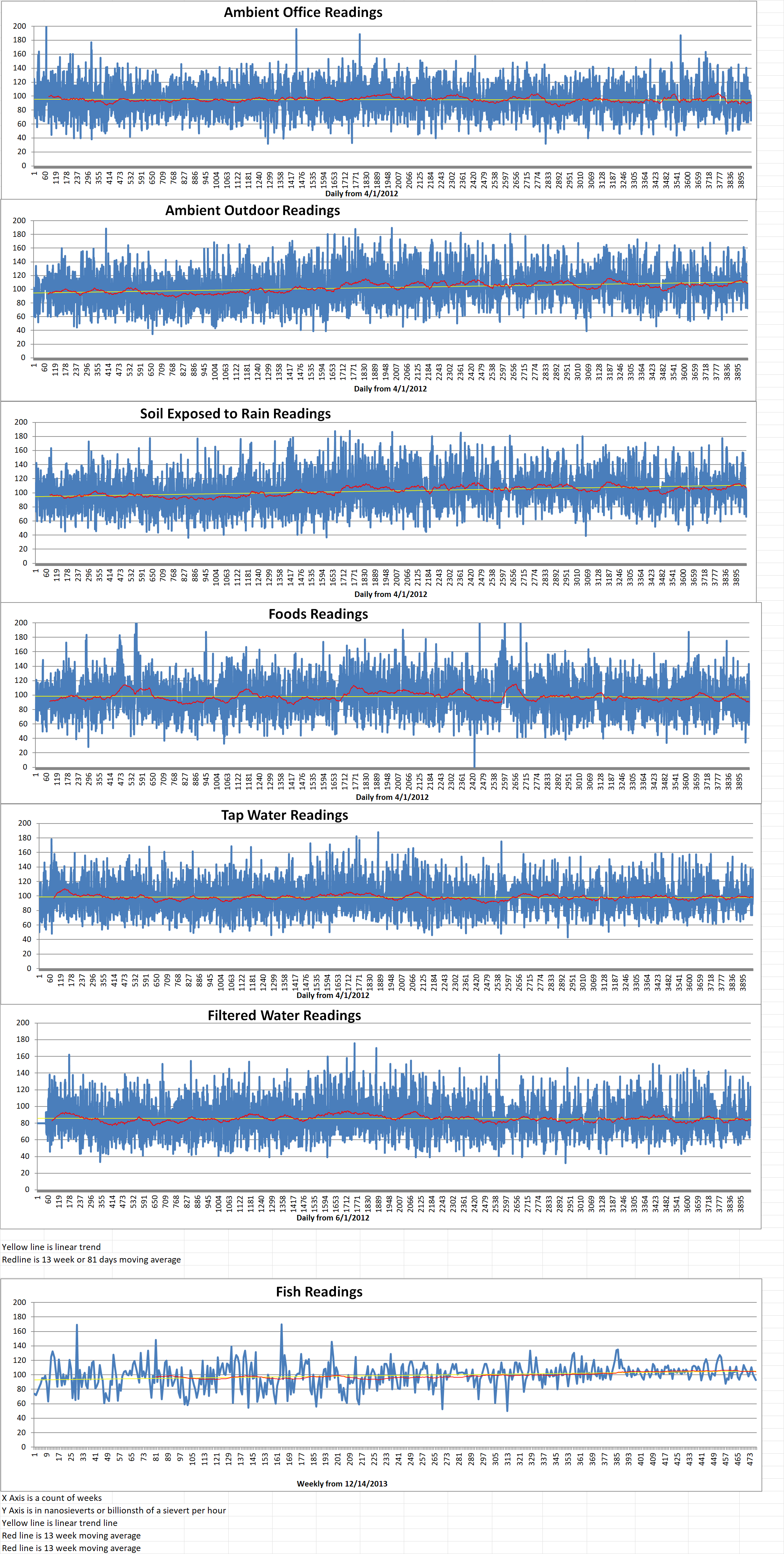Part 2 of 3 Parts (Please read Part 1 first)
Russian nuclear fuel and technology dominance is party enforced through a web of contracts that the state-owned monopoly has with nations around the world. Many of these are former Soviet bloc states which are running Russia made reactors. They were left reliant on Rosatom for parts and fuel when the Soviet Union collapsed.
These “VVER” power stations are still in use by NATO members Turkey, Finland, Czechia, Bulgaria and Hungary. Other customers include India and China. Myanmar and Egypt are among nations who recently signed deals with Rosatom to build new reactors with Russian help.
Eugene Shwageraus is a professor of nuclear systems engineering at the Open University. He says that persuading any of these countries to stop using Russian supplies will be hard for a practical reason. Russian VVER reactors use hexagonal-shaped fuel assemblies. This is a nuclear industry term for groups of fuel rods. The Western nuclear fuel design use square shaped fuel assemblies.
Unfortunately, some Western nations that are not dependent on Russian nuclear fuel and technology have become more dependent on Russia since the fall of the Berlin Wall in 1989.
Under the Megatons to Megawatts arrangement, the U.S. agreed to purchase thousands of metric tons of uranium that was removed from nuclear weapons as Russia reduced its enormous arsenal of nuclear warheads. At one point this arrangement provided about ten percent of the nuclear fuel burned in U.S. nuclear power stations.
Overall, about thirty-one percent of the enriched uranium sold to E.U. utility companies came from Rosatom in 2021. Twenty eight percent of the enriched uranium used by the U.S. in 2021 came from Rosatom. These imports of enriched uranium have continued since Russia attacked Ukraine in 2022.
France supplies other allies with fabricated nucleal fuel. France imported four hundred million dollars’ worth of enriched uranium from Russia last year. In 2021, France only imported about one hundred million dollars of enriched uranium from Russia. This information was provided by the Royal United Services Institute (RUSI).
The U.S. imported six hundred and forty-five million dollars’ worth of enriched uranium in 2021 and eight hundred and thirty-five million dollars’ worth in 2022.
In the U.K., EDF, the French owned nuclear company, says that fuel used by the Sizewell B nuclear power plant in Suffolk was made using uranium enriched by Russia. Sarya Dolzikova is a research fellow at RUSI. She says that there is some evidence to suggest that Russia has made about one billion dollars from nuclear exports since the Ukrainian invasion began. She explained that “In terms of the amount of money that it brings into the Russian economy, it is not as significant as some of the other energy exports. But at the same time, that might make it a little bit easier to dismiss – even though it is a good chunk of money.”
Industry insiders say that state-backed Rosatom has spread its influence so far by using very low prices. This has made it difficult for other nuclear fuel and technology suppliers to compete.
Please read Part 3 next
Blog
-

Nuclear Reactors 1211 – the UK, the US, Canada, Japan and France Are Working To Reduce Dependence On Russian Nuclear Fuel and Technology – Part 2 of 3 Parts
-
Nuclear News Roundup Apr 25, 2023
License application milestone for PLS world-nuclear-news.org
FBI nuclear training exercise to take place in Houston all week news.yahoo.com
OSGE seeks approval for SMRs at six Polish locations world-nuclear-news.org
-

Geiger Readings for Apr 25, 2023
Ambient office = 85 nanosieverts per hour
Ambient outside = 108 nanosieverts per hour
Soil exposed to rain water = 103 nanosieverts per hour
Tomato from Central Market = 119 nanosieverts per hour
Tap water = 99 nanosieverts per hour
Filter water = 87 nanosieverts per hour
-

Nuclear Reactors 1210 – the UK, the US, Canada, Japan and France Are Working To Reduce Dependence On Russian Nuclear Fuel and Technology – Part 1 of 3 Parts
Part 1 of 3 Parts
I recently posted about how the European Union (E.U.) is working to remove the need to import nuclear fuel and nuclear technology from Russia. Although there are severe sanctions on the import of fossil fuels from Russia by members of the E.U. because Russia invaded Ukraine, there are no serious sanctions on the import of nuclear fuel and nuclear technology from Russia. This allows Russia to threaten the E.U. nuclear industry with restrictions on nuclear fuel and technology. While some E.U. nations are shutting off their nuclear reactors permanently, other E.U. nations, especially in Eastern Europe are dependent on Russian nuclear fuel and Russian nuclear power reactors to supply electricity to their grids.
Some nations that utilize nuclear power outside of the E.U. are also grappling with the threat of nuclear fuel and energy export restrictions by Russia. Since Russia invaded Ukraine, Russian nuclear exports have actually increased while Russian exports of fossil fuels including coal, oil and natural gas have been reduced.
Russian state monopoly Rosatom played a big part in the Russian capture and takeover of the Zaporizhzhia nuclear power plant in Enerhodar, eastern Ukraine, but Rosatom remains untouched by Western sanctions. The reason for this, according to experts, is that the nuclear supply chain is complicated from the supply of uranium to the construction of reactors. Russia currently plays a dominant role in many parts of the supply chain.
The Russian global nuclear network can exert political and economic pressure on friends and foes alike. A new partnership between the U.K., the U.S., Canada, Japan, and France is working to change this situation.
These five countries are working together to reduce Russia’s share of nuclear exports and “ensure Putin, nor anyone like him, can ever think they can hold the world to ransom over their energy again,” according to U.S. Energy Security Secretary Grant Shapps. The group intends to become independent from Russian nuclear fuel and technology. The agreement urges other countries to do the same.
Most experts agree that these are achievable goals. However, they will require time, resources and close collaboration. Lincoln Hill is the head of policy at the Nuclear Industry Association. (NIA) He said, “The main challenge is to get out of the asymmetric mindset we’ve been in. In the past, the West has seen this as a purely commercial, market-based situation and the Russians approached it as a strategic priority, so our companies were undercut and struggled to compete.”
Raw uranium is no longer used to fuel nuclear power reactors. This means that the nuclear fuel supply chain is currently divided into four parts. These include uranium mining, conversion, enrichment and fuel fabrication.
Russia’s share of the world’s mining of uranium is about five percent. Kazakhstan, Namibia, Canada, Australia and Uzbekistan are all mining uranium at higher levels of production.
Only France, China, Canada and Russia were running conversion plants to refine uranium in 2020. Russia is responsible for thirty eight percent of the total output. This information was provided by the World Nuclear Association.
Russia controlled about forty six percent of the globes current of planned enrichment capacity. It also controls between fifteen and nineteen percent of the stages in fuel fabrication.
Please read Part 2 next -
Nuclear News Roundup Apr 24, 2023
Retiring coal-fired power plants need a replacement. Deseret.com
Europe’s most powerful nuclear reactor kicks off in Finland apnews.com
NRC approves use of Framatome codes in advanced nuclear fuel development world-nuclear-news.org
Kansai seeks to extend lifetime for Takahama units world-nuclear-news.org
-

Geiger Readings for Apr 24, 2023
Ambient office = 65 nanosieverts per hour
Ambient outside = 72 nanosieverts per hour
Soil exposed to rain water = 66 nanosieverts per hour
Red bell pepper from Central Market = 93 nanosieverts per hour
Tap water = 137 nanosieverts per hour
Filter water = 123 nanosieverts per hour
-
Nuclear News Roundup Apr 23, 2023
Retiring coal-fired power plants need a replacement. Deseret.com
Europe’s most powerful nuclear reactor kicks off in Finland apnews.com
NRC approves use of Framatome codes in advanced nuclear fuel development world-nuclear-news.org
Kansai seeks to extend lifetime for Takahama units world-nuclear-news.org
-

Geiger Readings for Apr 23, 2023
Ambient office = 93 nanosieverts per hour
Ambient outside = 108 nanosieverts per hour
Soil exposed to rain water = 107 nanosieverts per hour
Green onion from Central Market = 87 nanosieverts per hour
Tap water = 103 nanosieverts per hour
Filter water = 92 nanosieverts per hour
-

Geiger Readings for Apr 22, 2023
Ambient outside =96 nanosieverts per hour
Soil exposed to rain water = 103 nanosieverts per hour
Garlic bulb from Central Market = 59 nanosieverts per hour
Tap water = 89 nanosieverts per hour
Filter water = 77 nanosieverts per hour
Dover Sole from Central = 93 nanosieverts per hour
-
Nuclear News Roundup Apr 22, 2023
Monticello says tests show water not affected by nuclear leak mprnews.org
China says it won’t ‘add fuel to fire’ in first war call with Zelensky independent.co.uk
China takes world’s crown in nuclear power units under construction news.cgtn.com
Mass deployment of Holtec SMRs in Ukraine is part of accord’s aims world-nuclear-nuclear-news.org
